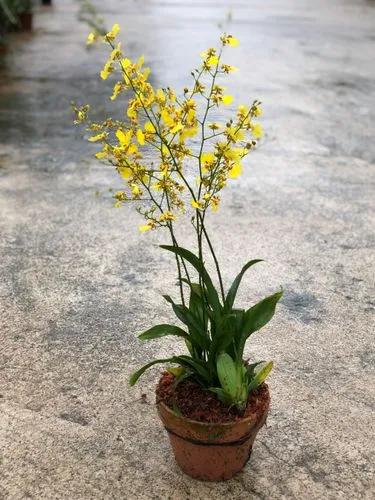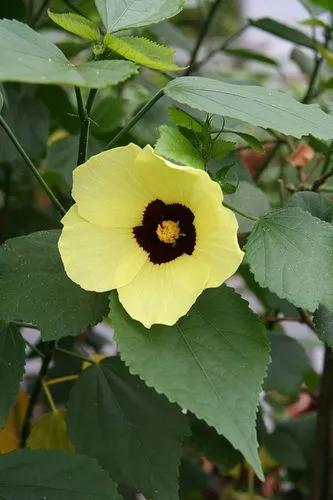For all species in the genus, the ray florets are white, pink, blue, or purple. Disc florets are yellow to white, becoming pinkish, reddish purple, or brown when mature. There are 5 lobes on the disc florets of all species in the genus
Aster Novi-belgi Care
Symphyotrichum Novi-belgii



How to Care for the Plant

Water

Keep new plantings moist and continue watering regularly until the flowers are finished blooming. As a rule of thumb, the soil your asters reside in should stay consistently moist but never saturated.

Fertilizer

Asters are moderate feeders, and they appreciate being fed with a balanced flower fertilizer twice a month, beginning in spring and continuing until the blooms begin to open.

Sunlight

Plant our aster flowers in an area that boasts full sun for the majority of the day. Too much shade can cause lanky plants and fewer flowers, especially for the more common cultivars and hybrids. There are some native species varieties, however, that will do quite well in partially shady conditions.

Soil

Asters appreciate loamy soil that's slightly acidic, with a pH ranging from 5.8 to 6.5. If your soil is alkaline, you can correct it by adding organic matter such as well-rotted manure, leaf mold, or compost.

Temperature

Aster flowers thrive in cooler temperatures and are frost hardy, able to withstand near-freezing temperatures temporarily.

Popularity

1,411 people already have this plant 245 people have added this plant to their wishlists
Discover more plants with the list below
Popular articles






